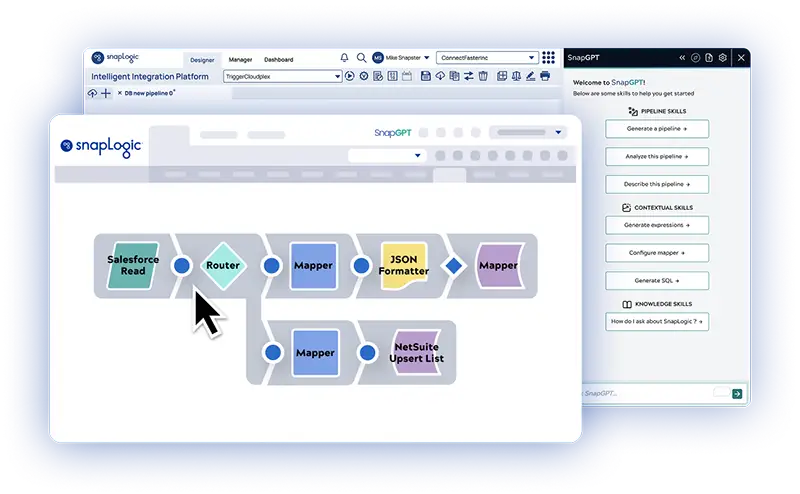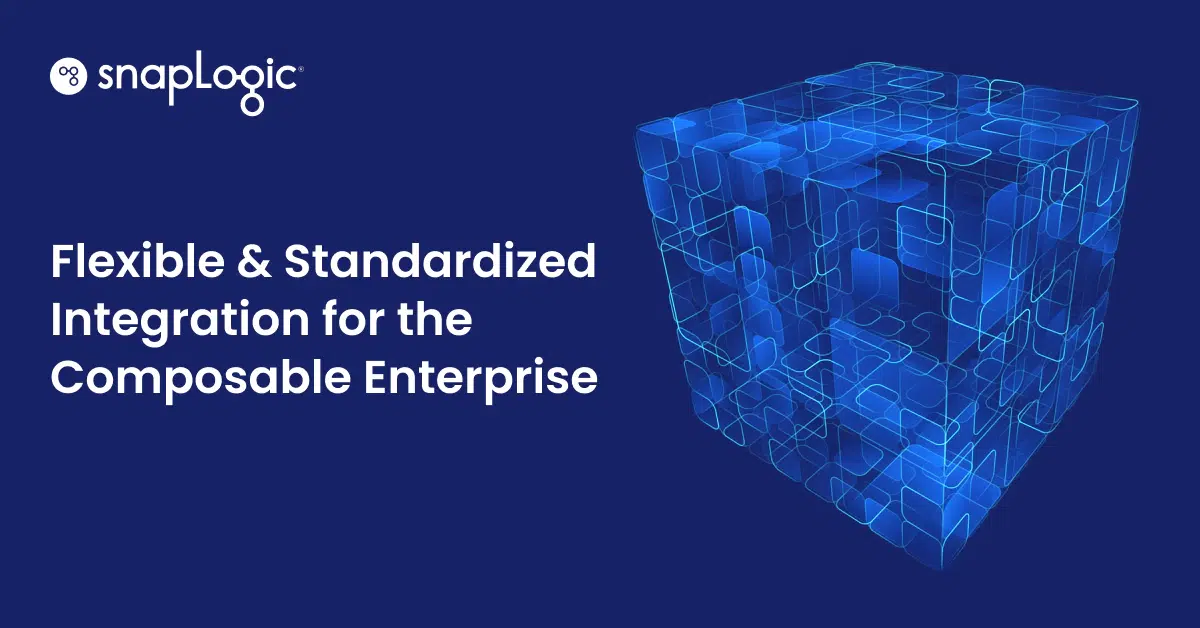In today’s enterprise landscape, data integration pipelines form the very backbone of business operations. Yet, despite their critical importance, most organizations are operating with a dangerous blind spot: they don’t truly understand the intricate web of dependencies that connect their data systems.
When outages strike, and they will, this lack of visibility can transform a minor incident into a cascading disaster that brings entire business operations to a halt.
The hidden complexity of enterprise data integration
Modern enterprises don’t operate with simple, linear data flows. Instead, they rely on complex ecosystems where hundreds or thousands of integration pipelines interact, share resources, and depend on each other in ways that aren’t immediately obvious. A single customer transaction might trigger data movements across CRM systems, inventory platforms, financial tools, and analytics databases, all connected through an intricate network of automated processes.
This complexity has grown exponentially with digital transformation initiatives. According to recent research, the average enterprise now manages over 100 different software applications, with data flowing between them through countless integration points. Each connection represents a potential failure point, and each failure can ripple through the system in unpredictable ways.
The real cost of dependency blindness
When Operations, SRE, and Support teams lack comprehensive visibility into pipeline dependencies, the consequences extend far beyond technical inconvenience. Consider these real-world scenarios that play out daily across enterprises:
The “Cascading Failure” scenario
A routine maintenance window on a seemingly minor database causes an authentication service to fail. This failure propagates through dependent pipelines, ultimately bringing down a customer-facing e-commerce platform during peak shopping hours. Without dependency mapping, teams waste critical time playing detective instead of implementing fixes.
The “Change Impact” mystery
A data team updates a shared transformation pipeline to improve performance. The change works perfectly in their domain but unknowingly breaks three downstream reporting pipelines that other teams rely on. By the time the impact is discovered, executive dashboards have been showing incorrect data for days.
These scenarios share a common thread: organizations that can quickly identify and analyze dependencies recover faster, make better decisions, and maintain higher system reliability.
See how SnapLogic can help you find your data dependencies
Ready to take the guesswork out of your data integration? Book a demo to see how the SnapLogic platform and Asset Catalog provide the comprehensive visibility you need to build a more resilient and reliable data environment.









